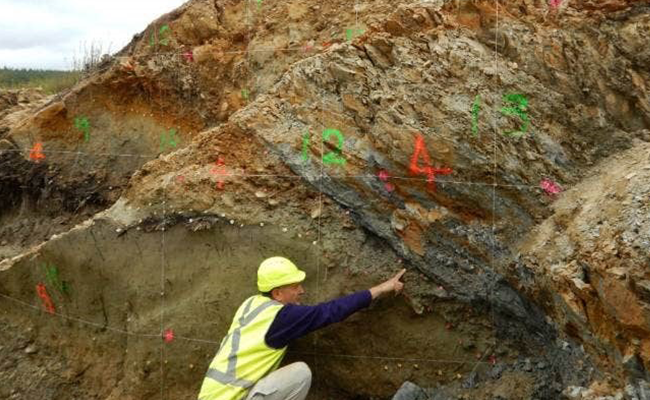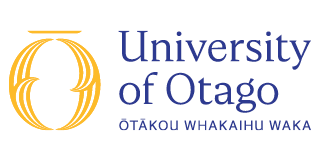
Professor Mark Stirling points to the Akatore Fault.
In a place like Ōtepoti Dunedin, which has been seismically quiet for its entire existence, there's a perception there that it's always going to be quiet, Chair of Earthquake Science, Professor Mark Stirling, says.
As a result, getting people to take the possibility of a strong earthquake in Dunedin seriously is an “uphill battle”.
“The first thing to do to prepare for an earthquake is to believe that it can happen to us, that's the biggest step.”
Thursday, 27 October is national ShakeOut Day. At 9.30am people across the motu are encouraged to stop and consider how they would respond if an earthquake were to hit right then.
Professor Stirling says anyone working in an office (or anywhere for that matter) should “drop, cover and hold” under their desk, table, or whatever is available.
He suggests having warm clothing on hand as “earthquakes don't care about the weather” and hypothermia is a very real risk for people experiencing an earthquake in snow or freezing weather conditions.
Professor Stirling encourages people to consider how they would contact their friends or family if cellular networks were down and suggests having a designated meeting place for such an occasion.
Surviving a major earthquake is just one part of the equation, he says. Surviving the days and weeks afterwards until infrastructure is fully restored is just as important.
He recommends having one to two weeks' worth of water per person per household in an emergency kit, along with tinned food.
“The more people who take this drill seriously, the better.”
Being properly prepared to look after yourself in such an emergency means fewer people will require assistance, meaning resources can be directed towards improving the city's overall condition.
“The quicker we'll all get through it, and with fewer casualties. We can rebuild anything, we have insurance to do it, it's the casualties we don't get back.”
Many people believe the only earthquake which will affect them will be one generated by activity from the Alpine Fault.
“It's so far away that it's really not going to matter, compared to one of the local faults going off.”
It is the Akatore Fault which will produce a large amount of shaking activity in the city as its only 15 km away. Some “sloshing” tsunami type activity might also happen in the harbour, he says.
In the past 1000 years the Akatore Fault has produced two earthquakes with estimated magnitudes of 7 – 7.5. It is Otago's most geologically active fault.
- Kōrero by Internal Communications Adviser, Koren Allpress







